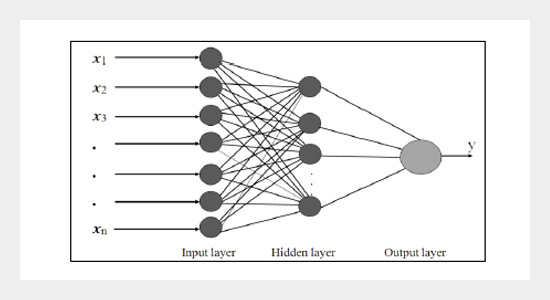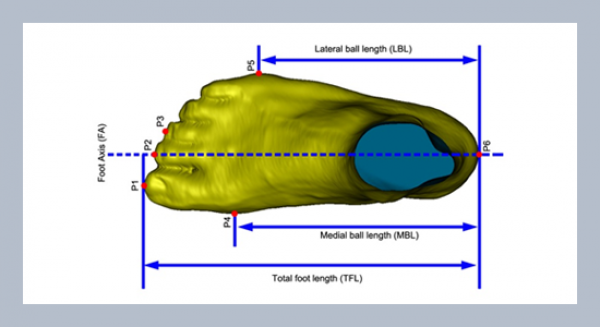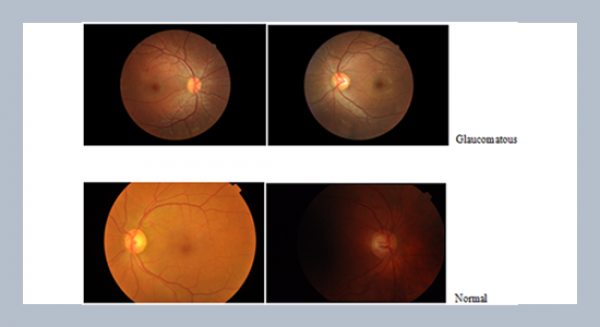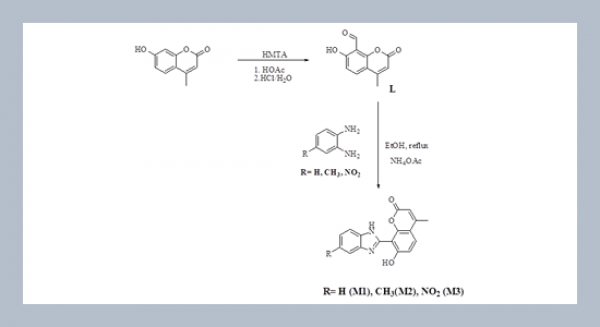Palika Chopraa*, Rajendra Kumar Sharmaa, and Maneek Kumarb aSchool of Mathematics and Computer Applications, Thapar University, Patiala, India
bDepartment of Civil Engineering, Thapar University, Patiala, India
Download Citation:
|
Download PDF
In the paper, an artificial neural network (ANN) model is proposed to predict the compressive strength of concrete. For developing the ANN model the data bank on concrete compressive strength has been taken from the experiments conducted in the laboratory under standard conditions. The data set is of two types; in one dataset 15% cement is replaced with fly ash and the other one is without any replacement. Several training algorithms, like Quasi-Newton algorithm with Broyden, Fletcher, Goldfarb, and Shanno (BFGS) update (BFG), Fletcher-reeves conjugate gradient algorithm (CGF), Polak-Ribiere conjugate gradient algorithm (CGP),Powell-Beale conjugate gradient algorithm (CGB), Levenberg–Marquardt (LM), Resilient backpropagation (RP), Scaled conjugate gradient backpropagation (SCG), One step Secant backpropagation (OSS) along with various network architectural parameters are experimentally investigated to arrive at the most suitable model for predicting the compressive strength of concrete. It is found that Levenberg–Marquardt (LM) with tan-sigmoid activation function is best for the prediction of compressive strength of concrete. In-situ concrete compressive strength data, based on varying mix proportions, have been taken from one of the research paper present in literature for the validation of the model. It is also recommended that ANN model with the training function, Levenberg–Marquardt (LM) for the prediction of compressive strength of concrete is one of the best possible tool for the purpose.ABSTRACT
Keywords:
Artificial neural network; prediction of compressive strength; concrete.
Share this article with your colleagues
[1] Kheder, G.F., Al-Gabban, A.M., and Abid, S. M. 2003. Mathematical model for the prediction of cement compressive strength at the ages of 7 and 28 days within 24 hours. Materials and Structure, 36, 10:693-701.REFERENCES
[2] Zain, M. F. M. and Abd, S. M. 2009. Multiple regressions model for compressive strength prediction of high performance concrete. Journal of Applied Sciences, 9, 1:155-160.
[3] Zain, M. F. M., Mahmud, H. B., Ilham, A., and Faizal, M. 2002. Prediction of splitting tensile strength of high-performance concrete. Cement Concrete Research, 32, 8:1251-1258.
[4] Tsivilis, S. and Parissakis, G. 1995. A mathematical-model for the prediction of cement strength. Cement Concrete Research, 25, 1:9-14.
[5] Zelić, J., Rušić, D., and Krstulović, R. 2004. A mathematical model for prediction of compressive strength in cement-silica fume blends. Cement Concrete Research, 34, 12: 2319-2328.
[6] Akkurt, S., Tayfur, G., and Can, S. 2004. Fuzzy logic model for the prediction of cement compressive strength. Cement Concrete Research, 34, 8:1429-1433.
[7] Hwang, K., Noguchi, T., and Tomosawa, F. 2004. Prediction model compressive strength development of fly-ash concrete. Cement Concrete Research, 34, 12:2269-2276.
[8] Popovics, S. 1990. Analysis of concrete strength versus water-cement ratio relationship. ACI Material Journal, 87, 5:517-529.
[9] Jee, N., Yoon, S., and Cho, H. 2004. Prediction of compressive strength of In-situ concrete based on mixture proportions. Journal of Asian Architecture and Building Engineering, 3, 1: 9-15.
[10] Chapra, S. C., Canale, R. P. 2002 “Numerical Methods for Engineers with Personal Computer Applications”. McGraw Hill, New York.
[11] Mehta, P. K. and Monteiro, P. J. M. 2006. “Concrete, Microstructure, Properties and Materials”. 3rd Edition. McGraw-Hill, USA.
[12] Flood, A. and Kartam, N. 1994. Neural networks in civil engineering I: principles and understanding. Journal of Computing in Civil Engineering, 8, 2: 131-148.
[13] Kumar, M. 2002. “Reliability Based Design of Structural Elements”. Ph.D. Dissertation, T.I.E.T Patiala.
[14] Knight, K. 1990. Connectionist, ideas and algorithms. Communications of the ACM, 33, 11:59–74.
[15] Prasad, B. K. R., Eskandari, H., and Reddy, B. V. V. 2009. Prediction of compressive strength of SCC and HPC with high volume fly ash using ANN. Construction and Building Materials, 23, 1:117-128.
[16] Krishna, D. and Sree, R. P. 2014. Artificial neural network (ANN) approach for modeling chromium (vi) adsorption from aqueous solution using a borasus flabellifer coir powder. International Journal of Applied Science and Engineering,12, 3:177-192.
[17] Sharma, A. K., Sharma, R. K. and Kasana, H. S. 2007. Prediction of first lactation 305-day milk yield in karan fries dairy cattle using ANN modeling. Applied Soft Computing, 7, 3:1112-1120.
[18] Chong, E. K. P. and Zak, S. H. 2004. “An Introduction to Optimization”. Wiley, Singapore.
[19] Demuth, H.B. and Beale, M. 2004. “Neural Network Toolbox for Use with Matlab, User’s Guide”. The MathWorks Inc., Natick, MA.
[20] Hagan, M.T., Demuth, M. and Beale, M. 2004. “Neural Network Design”. PWS Publishing Co., Boston, MA, USA.
[21] MATLAB Neural Network ToolboxTM User’s Guide. Available: hppt://www.image.ece.ntua.gr/courses_static/nnet.pdf.
[22] Reddy, B. S., Kumar, J. S., and Reddy, K. V. K. 2013. Prediction of deflection and stresses of laminated composite plate with an artificial neural network aid. International Journal of Applied Science and Engineering, 11, 4:393-413.
ARTICLE INFORMATION
Received:
2015-01-11
Revised:
2015-03-20
Accepted:
2015-05-07
Available Online:
2015-09-01
Chopra, P., Sharma, R.K., Kumar, M. 2015. Artificial neural networks for the prediction of compressive strength of concrete. International Journal of Applied Science and Engineering, 13, 187–204. https://doi.org/10.6703/IJASE.2015.13(3).187
Cite this article:















